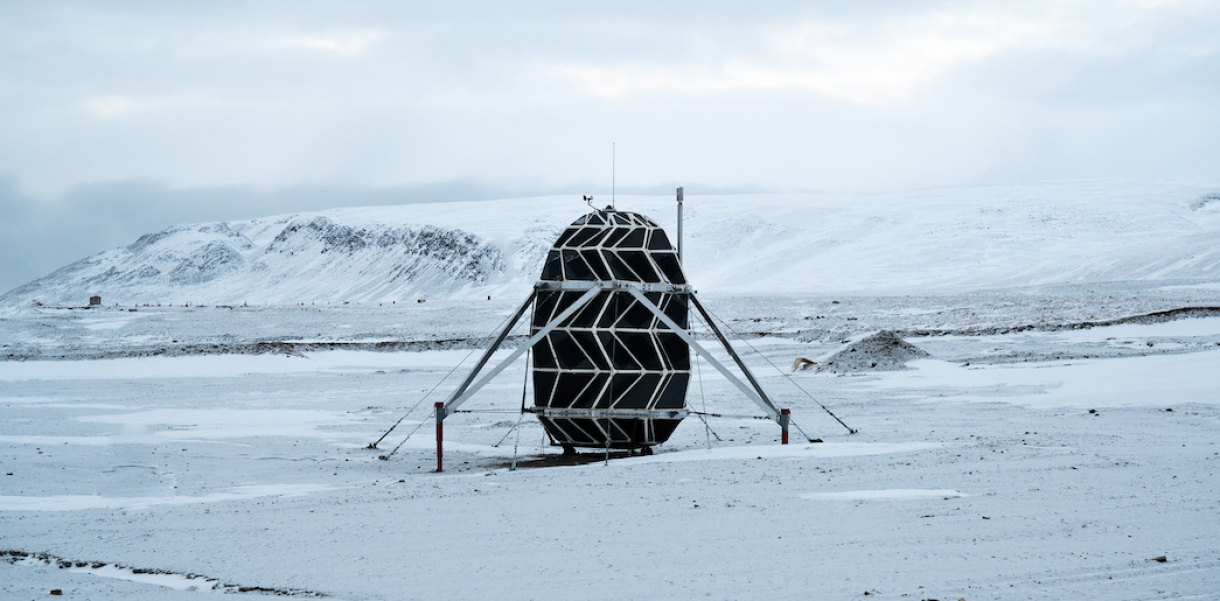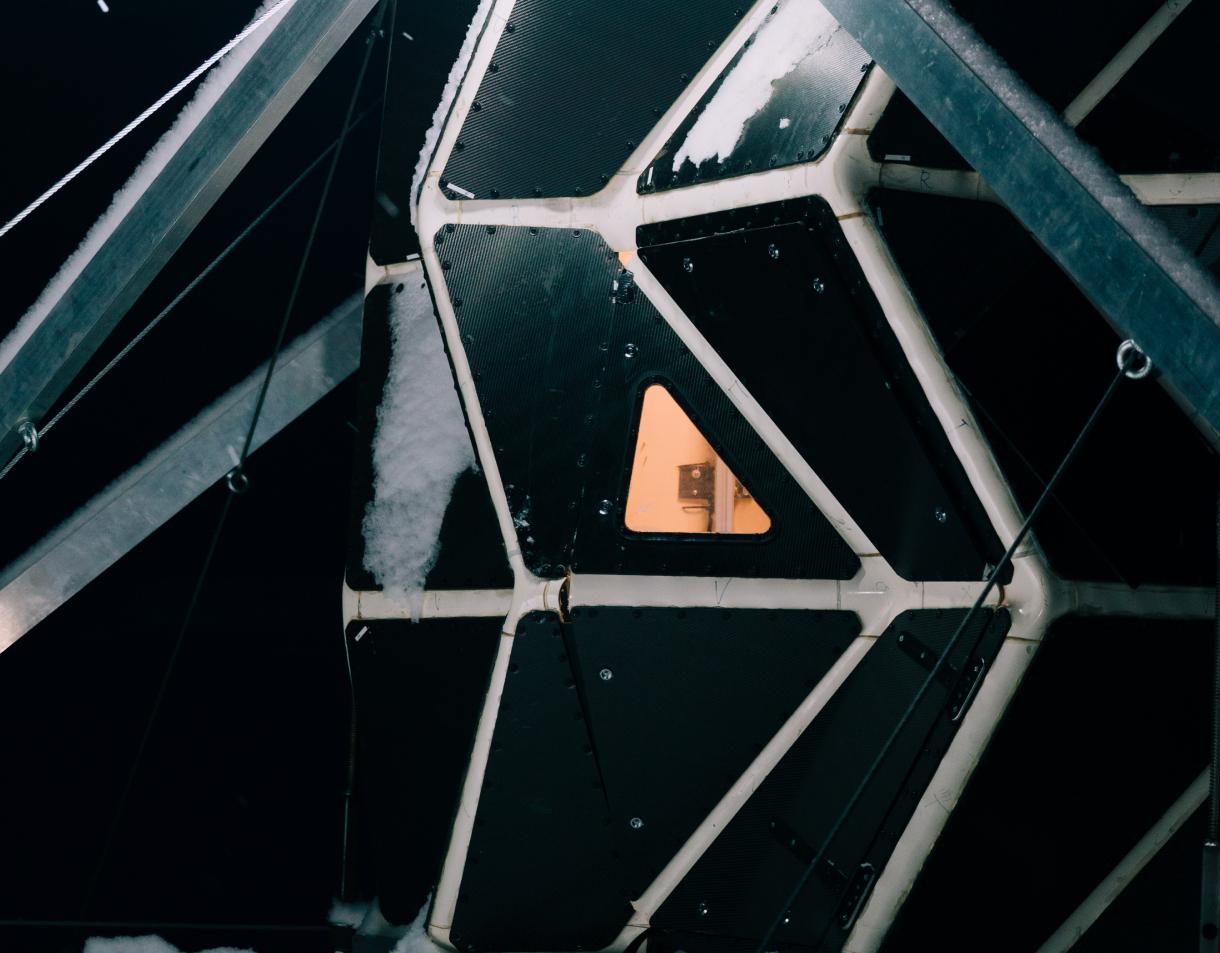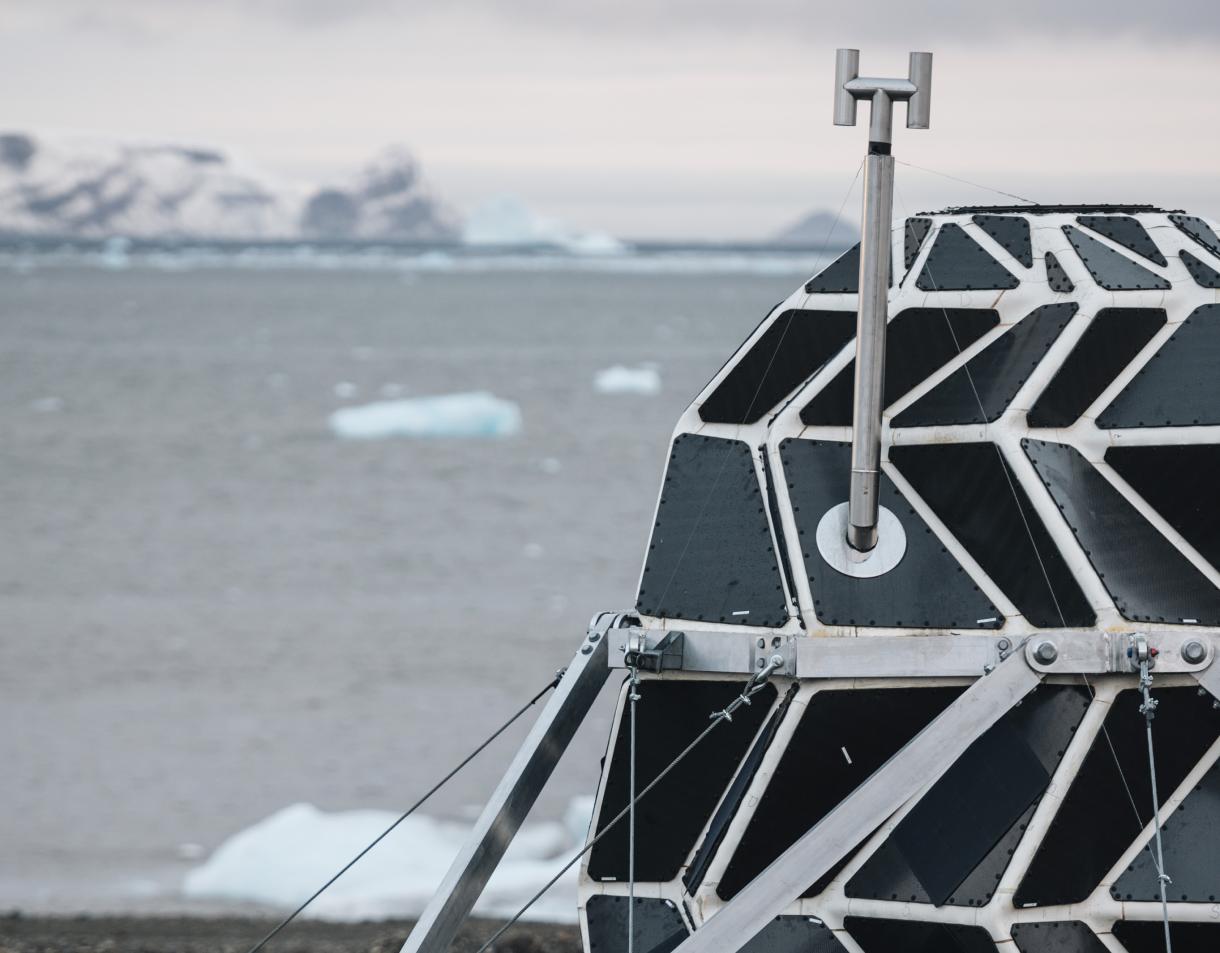What’s the design in a nutshell?
The LUNARK Habitat is designed “human-first” for Moon missions of the near future, with the purpose of making humans thrive in outer space, not just survive.
Why is it needed?
Civilian space exploration is developing fast and some even say we’ll be there as soon as 2024. With increasing progress in rocket design, cost reductions and a growing public interest, more ‘regular joes’ (with a spare few hundred thousand, of course) are wanting to venture into the unknown.
How does it work?
The entire habitat is completely self-reliant generating its own energy with solar panels. The design is inspired by origami and unfolds to increase in volume by 750% - the team spent over 12 months developing this unique expanding design to save space during transport and maximize space after deployment.
According to space travellers, due to the darkness and isolation, you’re at risk of your sensing numbing, cognitive abilities deteriorating and you can easily lose your sense of time. To combat this, the designers have added variation through circadian light panels, which emulate the daily cycle of natural sunlight. There’s also a modular interior to enable settlers to change things up, immersive soundscapes and an indoor algae farm.
"The design is inspired by origami and unfolds to increase in volume by 750%."
How does it improve life?
The ultimate goal is to develop the best future Moon habitat: a home for humans, not just highly-skilled astronauts. With further developments like LUNARK, space living for humanity will be much more optimised and civilian space travel all the more closer. But, it’s not just about exploring the unknown. Pushing boundaries and designing for extreme circumstances can greatly inform and influence how we design here on Earth. It can teach us how to build much more efficiently and sustainably, as well as how to design for environments that could become increasingly harsh here on Earth.
What’s the impact to date or projected impact?
The team built and tested a prototype that the lead architects, Sebastian and Karl-Johan tested themselves for 61 days on a 100-day expedition in the Arctic on the most realistic simulated Moon mission ever conducted on Earth. They tested several of their own systems and partnered with eight research groups from around the world to conduct studies on the crew during the expedition. They looked at circadian lighting, social isolation in moon-like environments, social dynamics, team adaptation, psychological test battery, conflict management, and VR as a countermeasure for stress.
All this data will inform our continued development of human habitation in space and has been made publically available for all future designers, architects, engineers, and scientists to inform design on Earth as well as Off-Earth. While the design is still in development, the team have sold their next habitat for a client in Switzerland.






